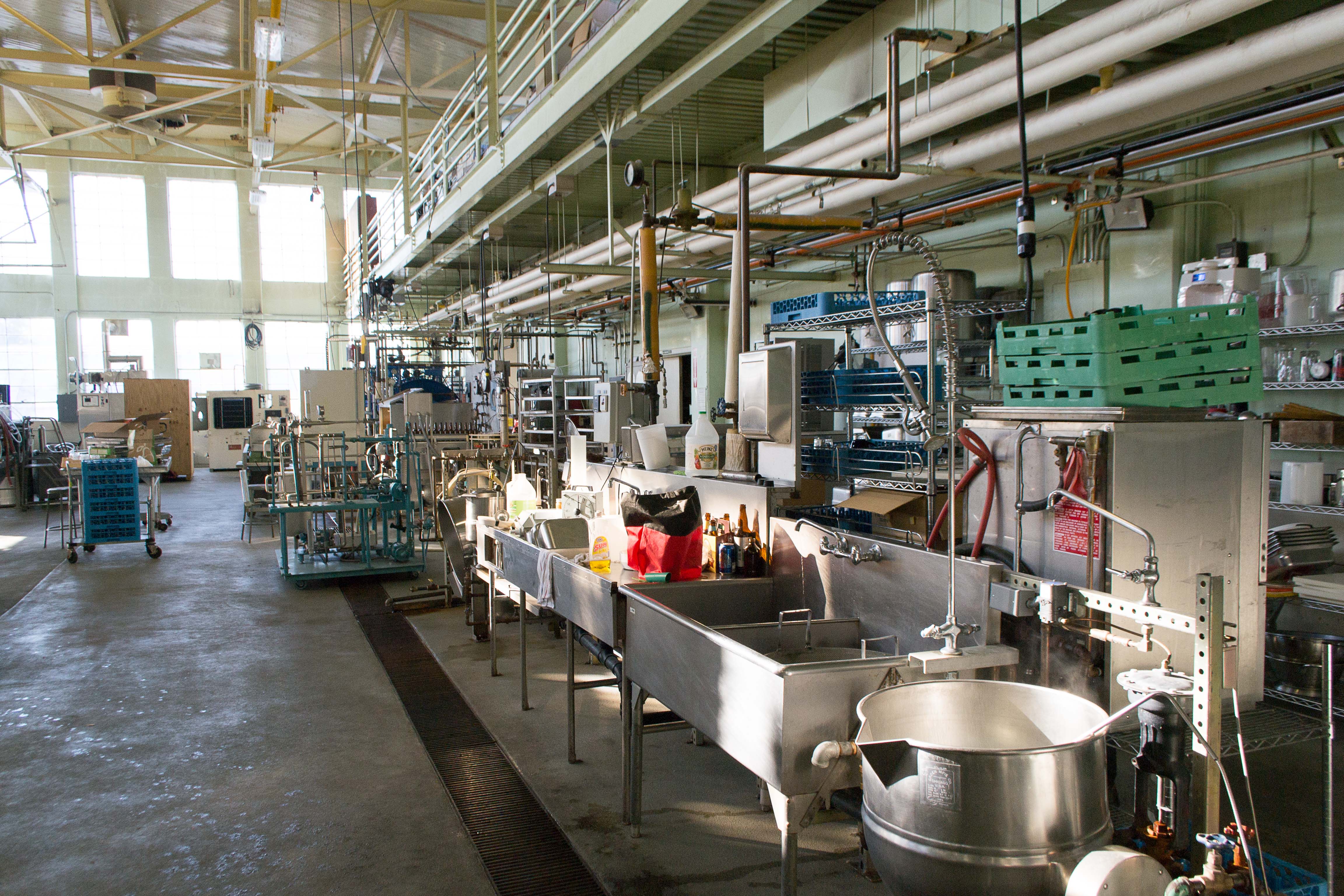
Photo from academic.microsoft.com
Abstract The effects of thawing methods (refrigerator, ambient, proofer, and microwave thawing) on the quality attributes of frozen doughs were investigated mainly in terms of dough rheology and baking performance.… Click to show full abstract
Abstract The effects of thawing methods (refrigerator, ambient, proofer, and microwave thawing) on the quality attributes of frozen doughs were investigated mainly in terms of dough rheology and baking performance. While the use of microwave shortened the thawing times, it caused the dough samples to have uneven temperature distribution, which was thermo-graphically confirmed. The highest weight loss was observed in the microwave-thawed samples, followed by ambient, refrigerator, and proofer thawed ones. The dough samples thawed in a proofer and microwave tended to have lower and higher resistance against mixing, respectively. The microwave-thawing produced doughs with higher storage and loss moduli that were related to a harder and more chewy texture. The dough thawed at refrigerated and ambient temperatures produced bread samples with higher loaf volume, showing a highly linear correlation with the number of viable yeast cells (R2 = 0.9957). The refrigerator and ambient thawing produced breads with a softer texture.
Journal Title: Journal of Food Engineering
Year Published: 2020
Link to full text (if available)
Share on Social Media: Sign Up to like & get
recommendations!